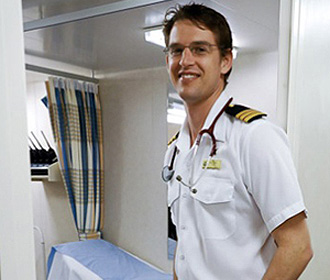Failure to diagnose Familial Mediterranean Fever (FMF) can be medical malpractice that can cause kidney failure, arthritis and in the worst case amyloidosis
In a recent article, Sandra G. Boodman from the Washington Post writes about the case of a man whose doctors failed to diagnose Familial Mediterranean Fever (FMF) for months until he consulted with a well traveled gastroenterologist who suspected FMF. FMF is a disorder caused by a gene mutation. this disorder is known to affect Sephardic Jews, whose ancestry is Middle Eastern, as well as non-Jews from the Middle East, Italy and Armenia.
43 year old Jeffrey Sank suffered from recurrent abdominal pain for nearly a year. At the beginning attacks were intermittent but after several months the pain increased in severity and intensity. Jeffrey visited with multiple doctors including two gastroenterologists, a kidney specialist and an infectious-disease physician. The infectious-disease specialist suspected he had FMF but but did not pursue it after Sank told him he wasn’t of Middle Eastern descent. The last gastroenterologist he saw also suspected it was FMF and even though Sank again denied any Middle Eastern descent again, he decided to prescribe him colchicine, a mainstay therapy for FMF. The drug worked immediately and the abdominal attacks almost stopped. Later on genetic tests demonstrated that Sank had indeed inherited mutated genes from both his parents.
 New York Personal Injury Attorneys Blog
New York Personal Injury Attorneys Blog




 In 2011, the family of 82 year old Pasqualre Vaglio from New York sued a cruise line for medical malpractice after the medical staff on board
In 2011, the family of 82 year old Pasqualre Vaglio from New York sued a cruise line for medical malpractice after the medical staff on board